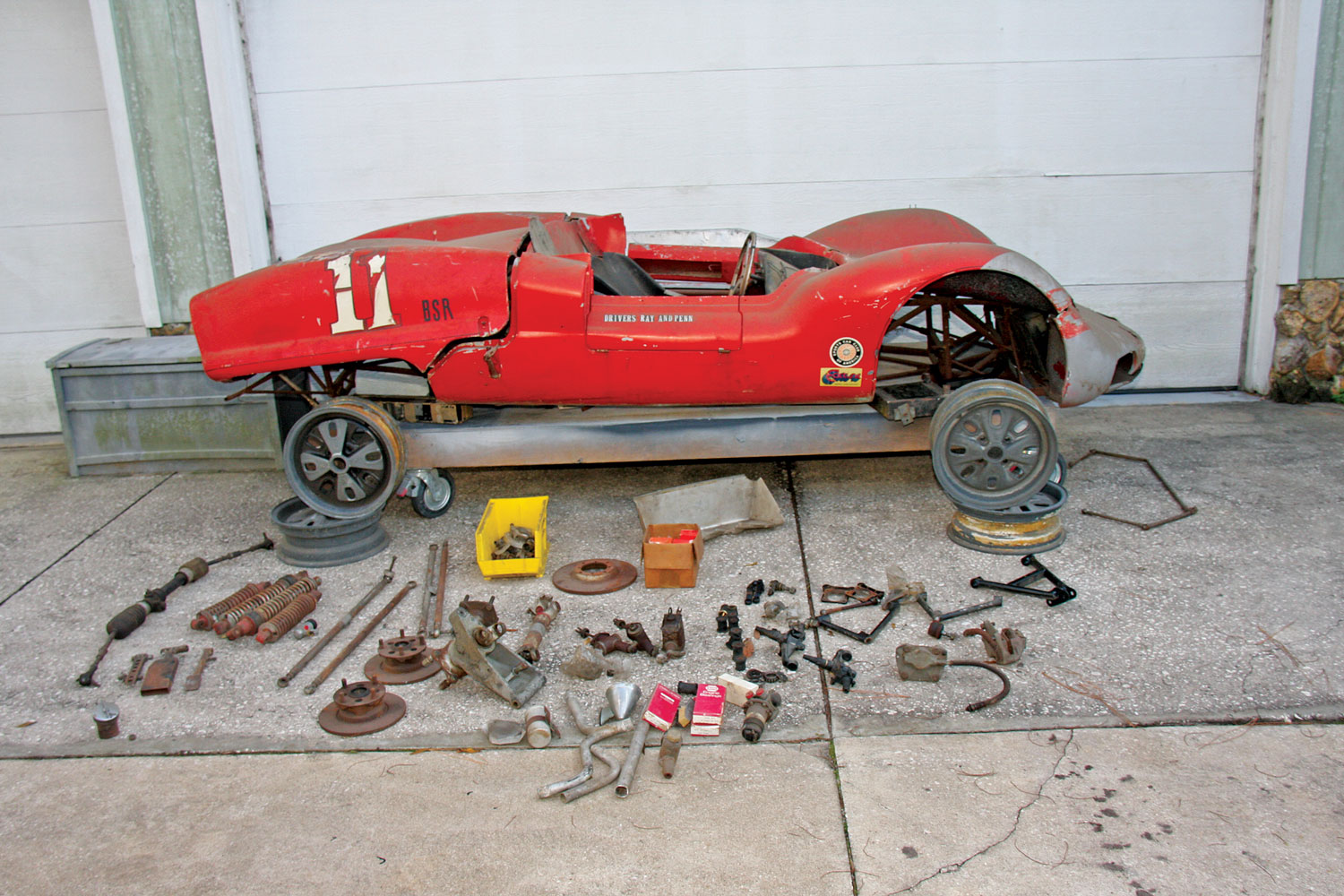
I have vintage-raced for nearly half my life, judged at concours events from Lime Rock Park to Amelia Island, and restored more than 50 cars, including some fairly significant old race cars.
I have also worked with vintage-race-car shops in most of the U.S. states as well is in Europe. Thanks to this experience, I can say with some degree of authority that there is a gaping chasm between the concours world and the vintage-racing world.
The racing and concours worlds are almost diametrically opposed. In racing, the goal is to build a car that outperforms others on track. In concours events, the goal is to restore a car as closely as possible to how it was originally. (In too many cases, much better even than it was in-period).
If you build a concours-correct race car, you have little chance of winning a race. And if you build a vintage race car to win on track, you have little chance of winning a concours.
While this might seem like a simple premise, I continue to see cars whose owners claim they’re doing both things well. I’ve spotted modern red, yellow and blue wire connectors on a C-type Jaguar being shown for judging. Other things, such as modern racing seats and belts, and multicolored modern hoses appear on what are said to be concours-correct cars. These are not inherently bad things, but they almost never belong on a show field.
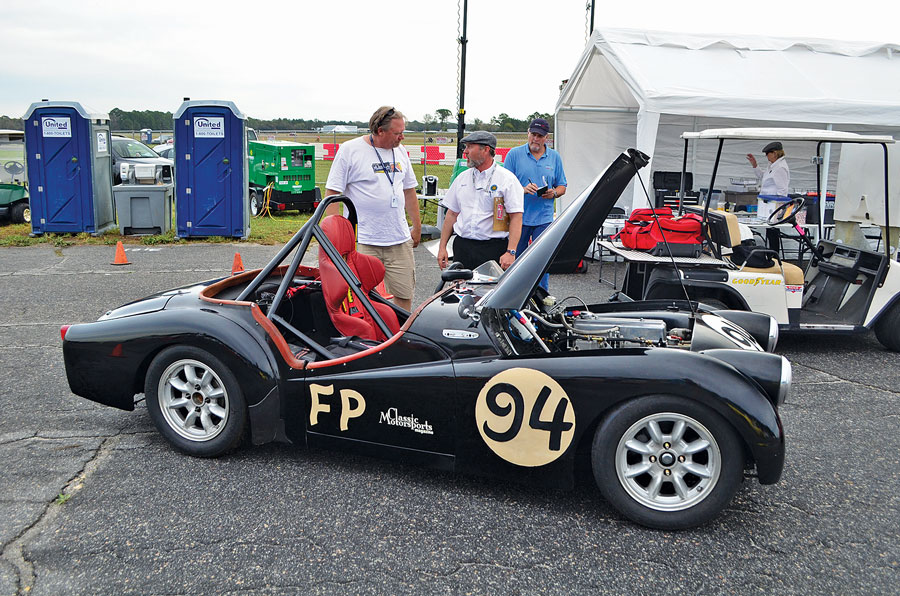
rejuvenated and modernized to continue its racetrack legacy
Choose your battles
Car restoration always involves choices, starting with how the car will be used.
Early on, I stumbled on a barn-find Triumph TR3 that had been raced since it was almost new. While a modest car, it had racked up wins at SCCA events all over the Southeast. The car was an absolute time capsule, and I got everything with it, right down to the previous owner’s notes, tools and driving suit.
Reading these notes, I decided that since this car had always been prepped to the limits (and beyond) and had been merely a regional-level club race car, I had some freedom I could exercise in its rejuvenation. I continued to develop, modernize and win with this cool old TR3.
I then stumbled on the Group 44 Triumph GT6+. This was the car that won the National SCCA championship in 1969. It was also the very same Triumph that graced so many magazine ads (see “Market Moment,” May 2021, p. 160) in period.
I decided this car needed to be restored to exactly the way it had been raced at Daytona in 1969. This meant the original fiberglass seat, as well as the original (and oh-so-tender) gearbox and rear end. Since I planned to track it, we made some concessions with the addition of a bit more roll cage, a fire system and new harnesses. Still, when I showed this car at Amelia Island, it had period-correct vintage harnesses; I even duplicated a tech sticker from that championship event as a final touch.
Later that year, I was hopelessly outclassed on the track at the Monterey Motorsports Reunion by cars that had been modernized for real racing, not compromised for car shows. (If you think Monterey is not a “real” race, I’m here to tell you that despite the hype encouraging you to believe this, you are sadly mistaken.)
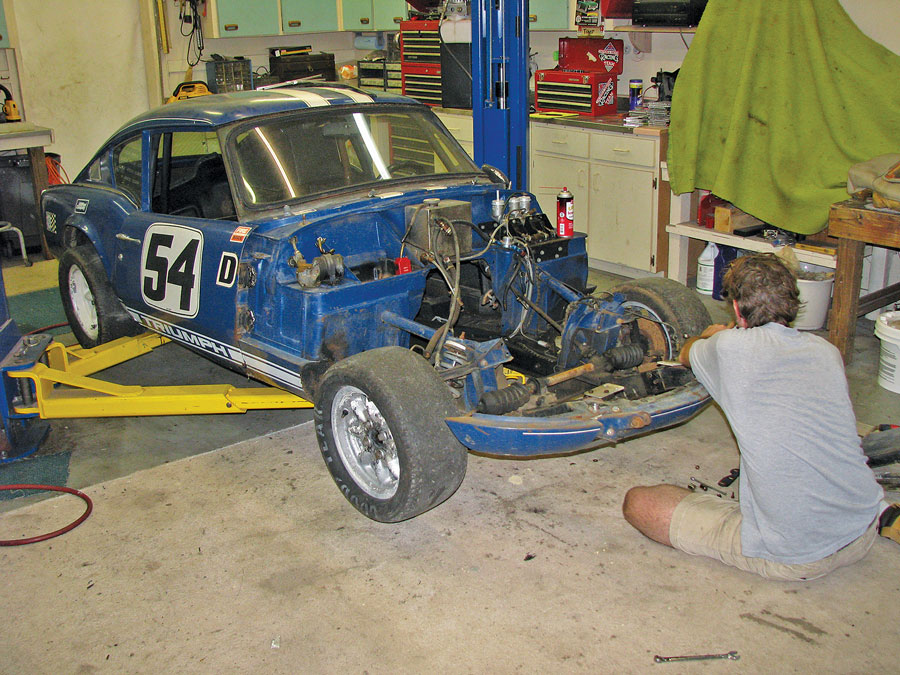
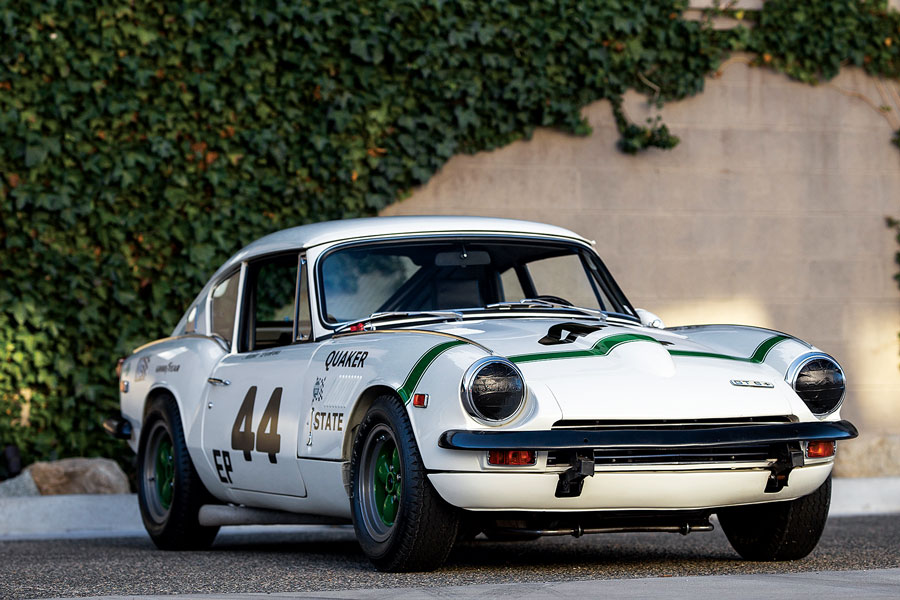
Race or show?
I am currently restoring two race cars. The first is a 1962 Elva MK VI sports racer that the factory entered at that year’s Sebring 12 Hour and other international events. It’s a super-cool but flimsy little car. I am poring through old photos and painstakingly pursuing a restoration path that includes the bare minimum in safety upgrades needed to pass tech at a vintage-racing event. While I will run this car at an exhibition or two, I have no intention of using it for any serious racing efforts. I am restoring it for Amelia Island, not to race.
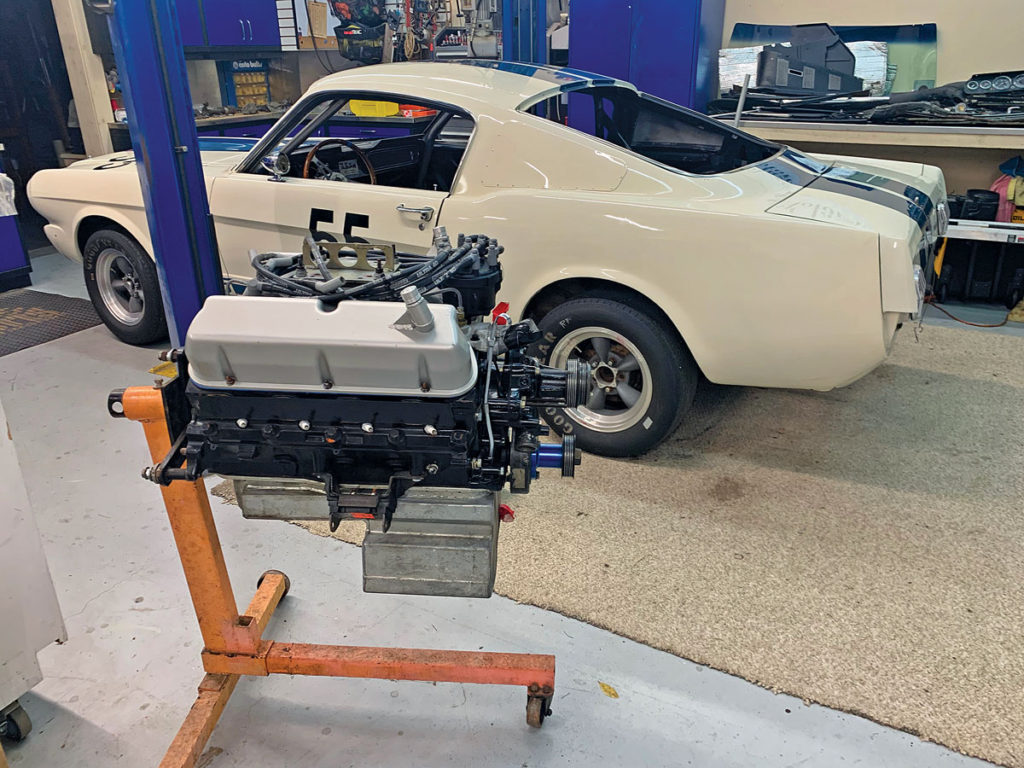
The second is a 1965 Shelby Mustang clone that I picked up last summer at the RM Sotheby’s sale in Auburn, IN. While every race car has some history, this one’s is most likely insignificant and lost to history. Shelby racing guru Curt Vogt of Cobra Automotive is guiding me; he’s already told me to dump most of the windows and interior components, which were definitely not allowed when this car was originally raced. He has warned me that the original engine, transmission and rear end will not hold up, so the car will be thoroughly modernized to be durable, safe and competitive.
Compromise is often a beautiful thing, but so is a clear understanding of the choices you’re making. In the world of vintage-race-car restoration, it’s important to choose a path. Race or show — the only wrong choice is to refuse to make one. ♦
You answer your own question. Its simple. Its an either or preposition. Pick one and go for it. What do they say…”you can’t have your cake and eat it too”!
“The racing and concours worlds are almost diametrically opposed. In racing, the goal is to build a car that outperforms others on track. In concours events, the goal is to restore a car as closely as possible to how it was originally. (In too many cases, much better even than it was in-period).
If you build a concours-correct race car, you have little chance of winning a race. And if you build a vintage race car to win on track, you have little chance of winning a concours.”